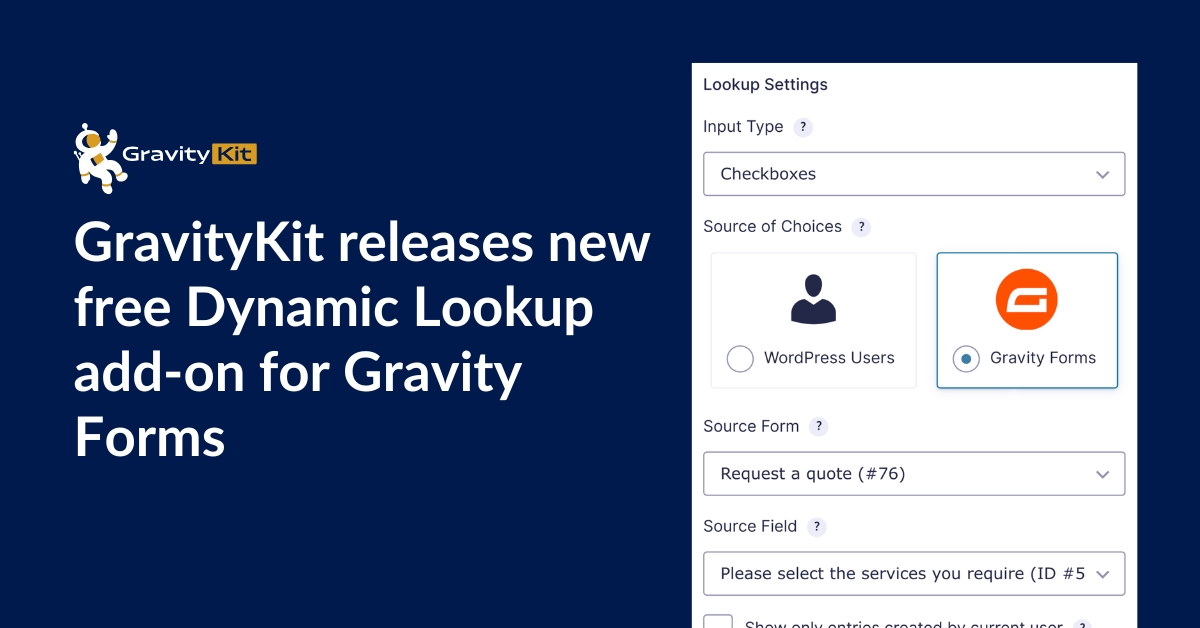Gravity Forms is one of the most popular form plugins for WordPress, supporting a range of field types for simple and advanced data capture.
Now you can build smarter forms using our free Dynamic Lookup add-on. With the “Lookup” field type, you can populate field choices dynamically from other form entries or WordPress users! This functionality enables users to select from existing records, making for a more streamlined experience.
“Lookup” fields are commonplace in many popular apps, like Airtable, Salesforce, and HubSpot, allowing the creation of relational data structures. Bringing this capability to Gravity Forms unlocks new opportunities for working with dynamic data and building automated web applications.
Keep reading to find out more!
GravityKit, the Developers Behind Dynamic Lookup
GravityKit is a Certified Gravity Forms Developer, which means we’re officially endorsed by Gravity Forms due to our track record in building powerful, reliable add-ons.
We offer a “toolkit” of well-integrated add-ons for Gravity Forms that enable users to create powerful information systems and web applications without code. With our plugins, you can create dashboards, custom reports, charts, directories, and much more—all using data collected through your forms.
Why Dynamic Lookup is a Game-Changer for Gravity Forms Users
With the Dynamic Lookup add-on, you can link your entry data across different forms. This functionality enables you to link a customer with their orders or create a connection between a company and the jobs that they post. You can dynamically pull in choices from any field in any form!
When working with WordPress users, you can dynamically populate field choices with user data, such as names, usernames, emails, or IDs. This feature is perfect for connecting registered website users with form submission data. With Gravity Forms’ built-in confirmations, you can then perform custom actions based on those selections.
Example #1: Populating Gravity Forms Entry Data
In this example, we have two forms—one for companies and one for employees. We’re going to use the Dynamic Lookup field to create a link between employees and the companies where they work.
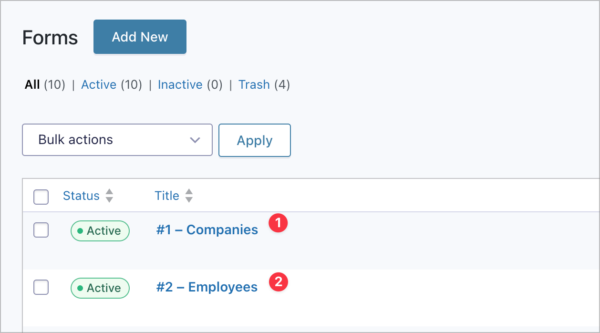
We’ll start by editing the Employees form and adding a “Lookup” field.
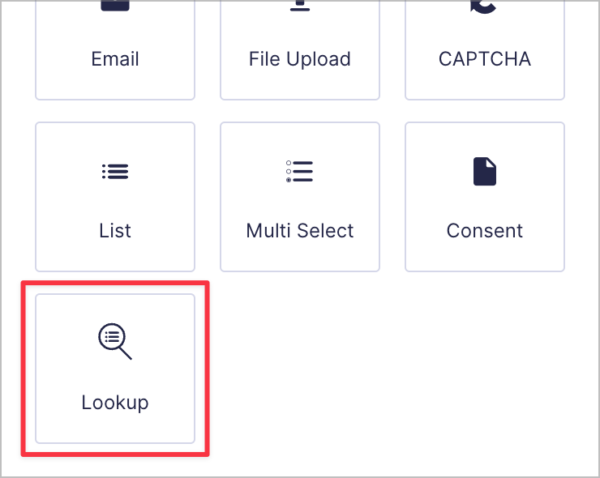
Next, we’ll configure the Lookup field to pull in company names dynamically from the “Companies” form.

That’s it! We now have a Radio Buttons field enabling employees to select where they work. If more companies are added to the “Companies” form, those will be added automatically as new choices.

Example #2: Populating WordPress Users
In this example, we have a Client Registration form for new clients to register on our online platform. When they register, they can select a coach to help them get set up. To make the process easier, we’re going to pull in coaches dynamically for clients to select!
After adding the Lookup field to our form, we’ll select “WordPress Users” as the source. Next, we’ll configure the field to pull in the Display Name of all registered users with the “Coach” role.

Clients can now select a coach from a list of options that is dynamically generated.
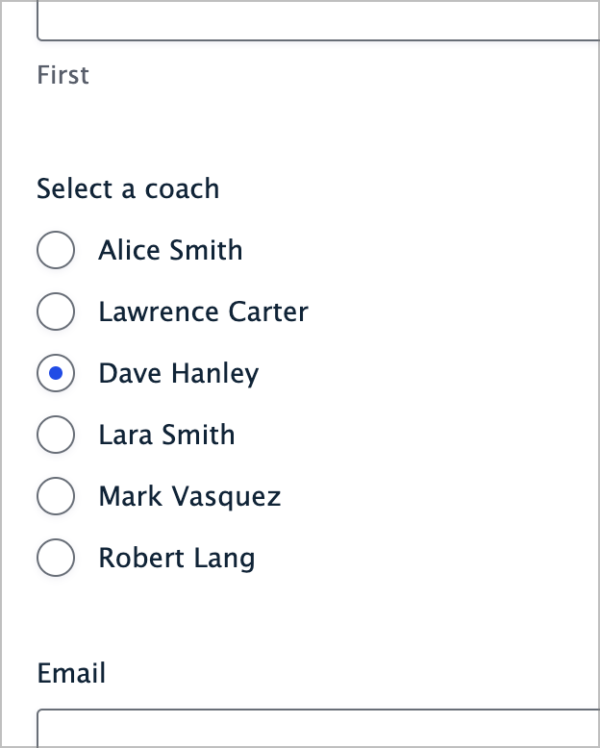
How GravityKit Unlocks the Power of Dynamic Data in WordPress
Working with dynamic data in WordPress can be a challenge, especially if you’re looking to create custom applications (like directories or job boards, for example). You either have to install a plugin that does the heavy lifting for you, or you need to create a custom solution using code or something like ACF.
Our flagship add-on, GravityView, offers a new approach.
GravityView takes the power and versatility of Gravity Forms and adds a customizable front end interface on top. This feature gives you a complete solution for building versatile web apps and information systems on WordPress, without any code.
With GravityView, you can create functioning CRUD systems on top of Gravity Forms. You see, Gravity Forms handles the “Create” operation, while GravityView handles the “Read,” “Update,” and “Delete” operations.
JAXPORT (the Jacksonville Port Authority) came to GravityKit seeking a way to build a dynamic trade lanes map without custom code.
“It’s very easy to get started, and it’s really powerful for displaying data in a variety of ways. I haven’t needed support often, but when I did, GravityKit support professionals were responsive and very helpful.” –Jeff Price, Marketing Director at JAXPORT
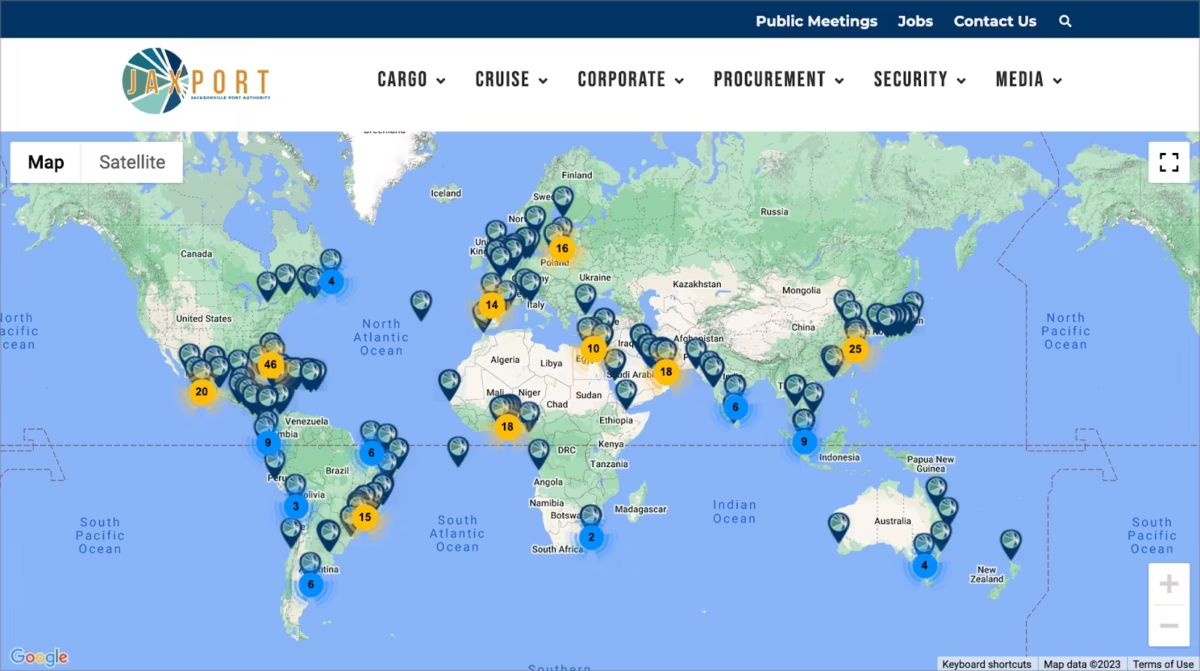
Anthony Cimino, founder of web agency Experience Solutions, uses GravityKit to create innovative web tools for his clients. The project includes an automated issue tracking system that he created for a local sailing club.
“Prior to discovering GravityKit, I had to hire developers or build solutions that could take months. Then I would have to maintain that custom code for years. GravityKit allows me to focus on getting results today.” –Anthony Cimino, Founder of Experience Solutions
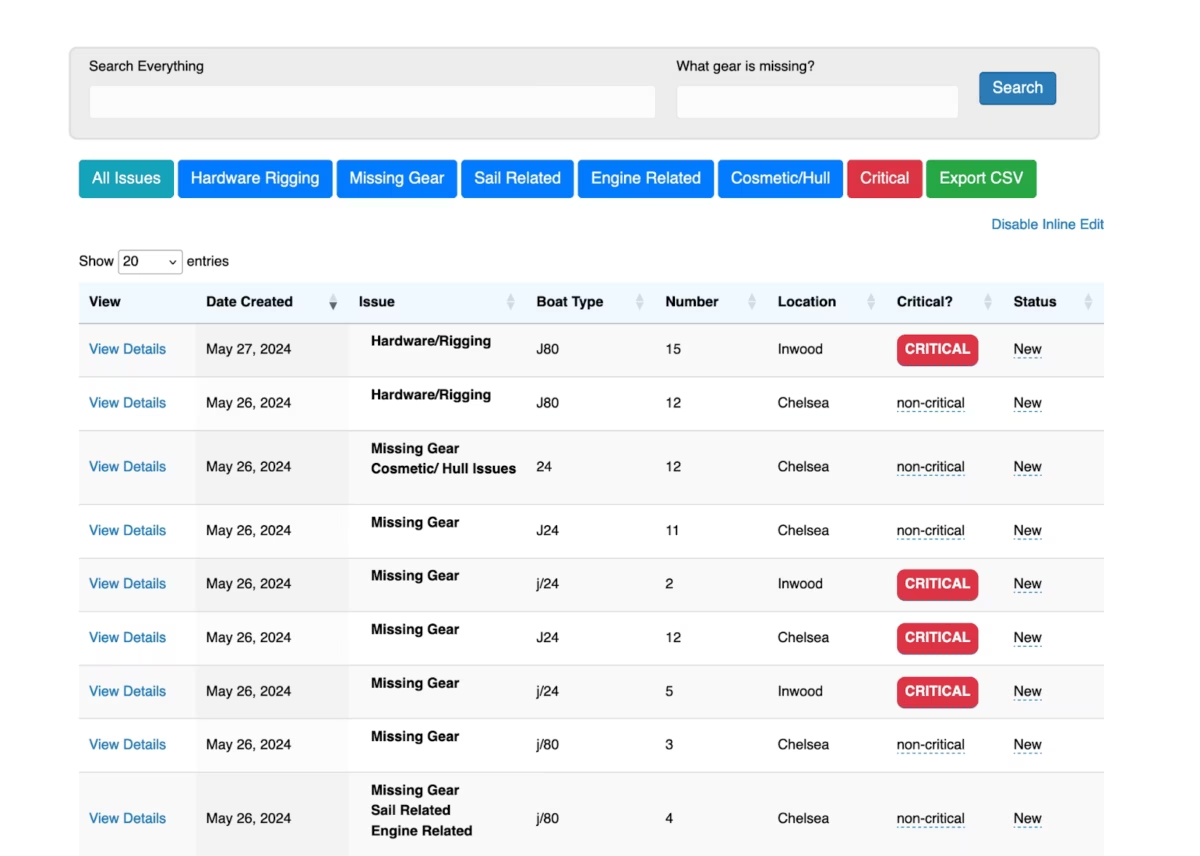
Try a Live Demo
Check out our range of live interactive demos, or take GravityKit plugins for a spin by signing up for your own demo site, preloaded with all GravityKit add-ons! This allows you to test our range of tools instantly, for free, to see if they fit your needs.
Special Deal for InfluenceWP Members
If you’re a member of InfluenceWP, you can get 20% off GravityView Pro, which includes GravityView and all our premium layouts and extensions!
Download Gravity Forms Dynamic Lookup for free
With Gravity Forms and GravityKit, you can build powerful web applications using a form-based approach—no complex code or custom post types required. Use our well-integrated kit of tools to build solutions for a wide range of use cases.
Our newest free add-on, Gravity Forms Dynamic Lookup, enables you to dynamically populate field choices with entry data or WordPress users. Download it for free to start building smarter forms!

